SAP dévoile des nouvelles innovations en matière de développement d’applications d’IA générative et de capacités de bases de données vectorielles, et propose de nouvelles opportunités d’apprentissage pour les développeurs à l’ère de l’IA.
BANGALORE, Inde – Le 2 novembre 2023 – Lors de l’événement SAP TechEd 2023, SAP SE (NYSE : SAP) a présenté une gamme complète de fonctionnalités et d’avancées en matière d’IA générative permettant aux développeurs, quel que soit leur niveau de compétence, de dynamiser leurs activités à l’ère de l’IA.
« Le dynamisme du paysage technologique et commercial d’aujourd’hui signifie que chaque développeur doit être un développeur d’IA », a déclaré Juergen Mueller, Chief Technology Officer et membre du Board de SAP SE. « Les innovations que nous lançons à TechEd, qu’il s’agisse d’outils de pro-code infusés d’IA ou d’un portail unique pour créer des extensions et des applications génératives d’IA sur SAP Business Technology Platform (BTP), assurent aux développeurs qui sont au cœur de la révolution de l’IA, de disposer des ressources dont ils ont besoin, pour transformer le fonctionnement des entreprises. »
SAP Build Code : un nouveau logiciel low-code pour favoriser la coopération entre les experts-métier
Alors que les organisations cherchent à capitaliser sur l’IA générative, une collaboration efficace entre les développeurs professionnels et les développeurs citoyens est essentielle. C’est la raison pour laquelle SAP lance SAP Build Code, qui simplifie la coopération entre les experts-métier qui utilisent les solutions low-code de SAP Build lancées au TechEd 2022. Conçu spécifiquement pour les applications et l’écosystème SAP, SAP Build Code propose des outils de productivité alimentés par l’IA et est optimisé pour le développement en Java et JavaScript.
SAP Build Code s’appuie également sur la puissance du nouveau copilote d’IA générative de SAP : Joule – le seul copilote qui comprend réellement le langage business – pour augmenter davantage la productivité, en intégrant des capacités de génération de code pour la création de modèles de données, de logique d’application et de scripts de test.
De nouvelles fonctionnalités clés sur SAP HANA Cloud
Pour le fonctionnement optimal d’une IA, il est indispensable de disposer de données pertinentes. C’est pourquoi SAP HANA Cloud, qui continue d’être pionnier dans les innovations liées aux datas, ajoute de nouvelles fonctionnalités de base de données vectorielles à ses offres multi-modèles, et ce, sans coût supplémentaire. Les datastores vectoriels gèrent les données non structurées – texte, images ou audio – pour fournir une mémoire à long terme et un meilleur contexte aux modèles d’IA. Cela facilite la recherche et la récupération rapide d’objets similaires. Les utilisateurs peuvent par exemple rechercher des fournisseurs en fonction de la langue de leurs contrats, pour examiner l’historique des paiements et tracer les commandes individuelles. Ces nouvelles fonctionnalités de base de données vectorielles améliorent considérablement les interactions entre les grands modèles de langage et les données critiques d’une organisation. Cette innovation permet aux développeurs SAP d’être à l’avant-garde de la recherche de données radicalement nouvelles, dans un cadre sécurisé et privé, qui utilise des données clients spécifiques à l’industrie pour réduire les hallucinations.
AI Foundation pour disposer d’outils d’IA clés en main
AI Foundation, un nouveau portail unique permettant aux développeurs de créer des extensions et des applications alimentées par l’IA et l’IA générative sur SAP BTP, augmentera encore l’impact et l’efficacité des développeurs. AI Foundation comprend tout ce dont les développeurs ont besoin pour commencer à créer des outils d’IA clés en main sur SAP BTP – allant des services d’IA prêts à l’emploi et de l’accès aux meilleurs modèles de grands langages, aux capacités de bases de données vectorielles et à la gestion du cycle de vie et de l’exécution de l’IA.
Le lancement de nouvelles certifications sur le site d’apprentissage SAP
La course effrénée vers l’innovation dans la Tech a fait grimper la demande mondiale en développeurs qualifiés, et SAP augmente parallèlement ses opportunités d’apprentissage. Dans le cadre de son engagement à former deux millions de professionnels d’ici 2025 et à enrichir le contenu d’apprentissage gratuit sur l’IA déjà disponible, SAP a lancé aujourd’hui une nouvelle certification basée sur les rôles et des ressources d’apprentissage gratuites pour les développeurs back-end qui utilisent le modèle de développement ABAP Cloud. Les deux nouvelles ressources d’apprentissage regroupant les outils de développement ABAP sur SAP BTP et SAP S/4HANA sont disponibles sur le site SAP Learning. Elles sont conçues pour une transformation des entreprises agile et conforme au cloud, fournissant aux développeurs les compétences nécessaires pour créer des applications prêtes pour le cloud et alignées sur la stratégie de base propre de SAP.
SAP a rejoint le programme d’affiliation d’entreprise de l’Institut de Stanford pour l’IA centrée sur l’homme (HAI). Les chercheurs et ingénieurs de SAP collaboreront avec la communauté académique de Stanford, y compris le corps professoral de recherche et les étudiants, sur les synergies entre l’IA générative et le monde des affaires
Pour plus de détails sur toutes les annonces faites au SAP TechEd 2023, veuillez visiter notre guide d’actualités ici.
Retrouvez les actualités SAP. Suivez SAP sur @SAPNews.
***
A propos de SAP en France
La stratégie de SAP est d’aider chaque organisation à fonctionner en « entreprise intelligente » et durable. En tant que leader du marché des logiciels d’application d’entreprise, nous aidons les entreprises de toutes tailles et de tous secteurs à opérer au mieux : 87 % du commerce mondial total est généré par nos clients. Nos technologies de Machine Learning, d’Internet des objets (IoT) et d’analyse avancée aident nos clients à transformer leurs activités en « entreprises intelligentes ». SAP permet aux personnes et aux organisations d’avoir une vision approfondie de leur business et favorise la collaboration pour qu’ils puissent garder une longueur d’avance sur leurs concurrents. Nous simplifions la technologie afin que les entreprises puissent utiliser nos logiciels comme elles le souhaitent, sans interruption. Notre suite d’applications et de services end-to-end permet aux clients privés et publics de 25 secteurs d’activité dans le monde entier, de fonctionner de manière rentable, de s’adapter en permanence et de faire la différence. Grâce à un réseau mondial de clients, de partenaires, d’employés et de leaders d’opinion, SAP aide le monde à mieux fonctionner et à améliorer la vie de chacun.
Pour plus d’informations, visitez le site www.sap.com.
Contact presse – Sylvie Léchevin – sylvie.lechevin@sap.com – sap@the-arcane.com
# # #
This document contains forward-looking statements, which are predictions, projections, or other statements about future events. These statements are based on current expectations, forecasts, and assumptions that are subject to risks and uncertainties that could cause actual results and outcomes to materially differ. Additional information regarding these risks and uncertainties may be found in our filings with the Securities and Exchange Commission, including but not limited to the risk factors section of SAP’s 2022 Annual Report on Form 20-F.
© 2023 SAP SE. All rights reserved.
SAP and other SAP products and services mentioned herein as well as their respective logos are trademarks or registered trademarks of SAP SE in Germany and other countries. Please see https://www.sap.com/copyright for additional trademark information and notices.
The post À l’occasion du SAP TechEd 2023, SAP fait de chaque développeur un développeur d’IA générative appeared first on SAP France News.



 Every day design fans submit incredible industry stories to our sister-site, Webdesigner News. Our colleagues sift through it, selecting the very best stories from the design, UX, tech, and development worlds and posting them live on the site.
Every day design fans submit incredible industry stories to our sister-site, Webdesigner News. Our colleagues sift through it, selecting the very best stories from the design, UX, tech, and development worlds and posting them live on the site.
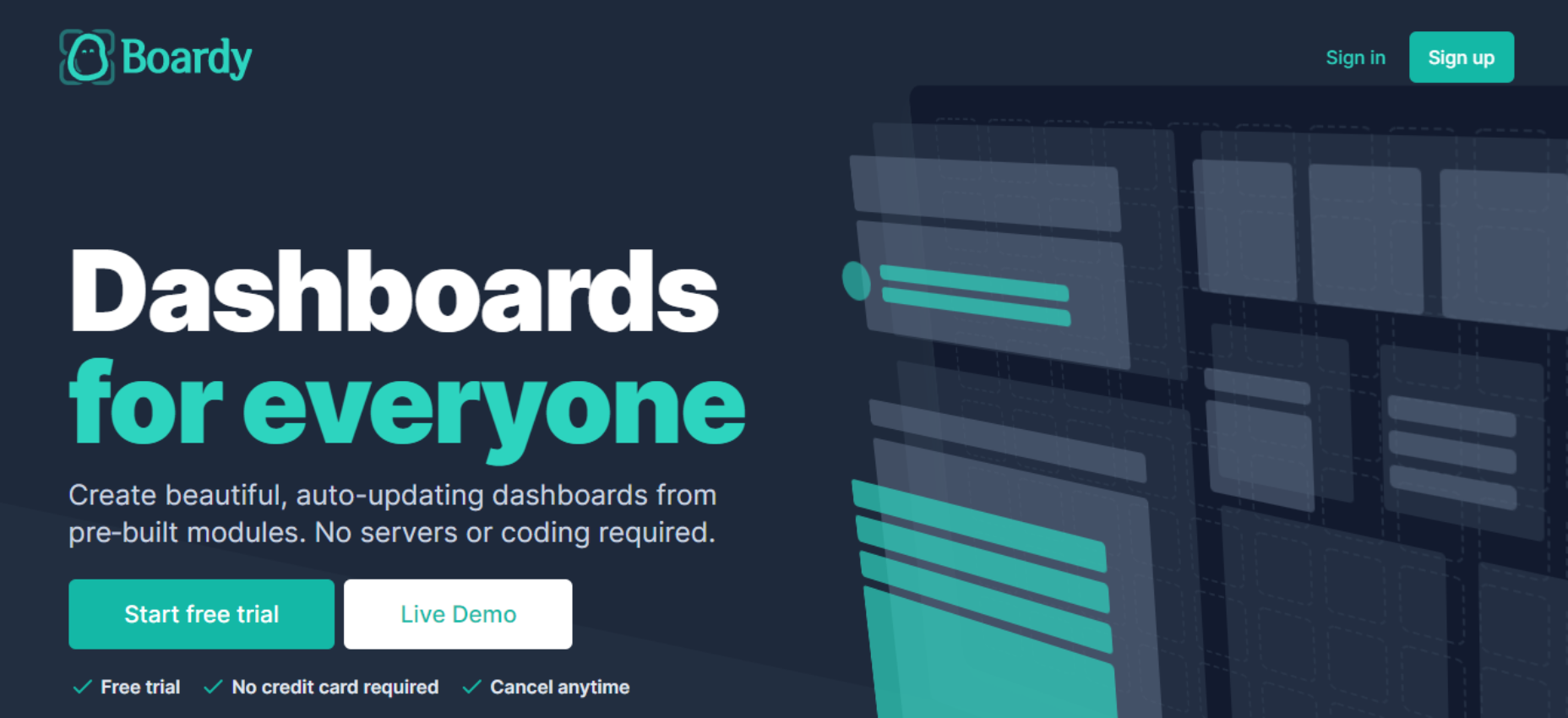
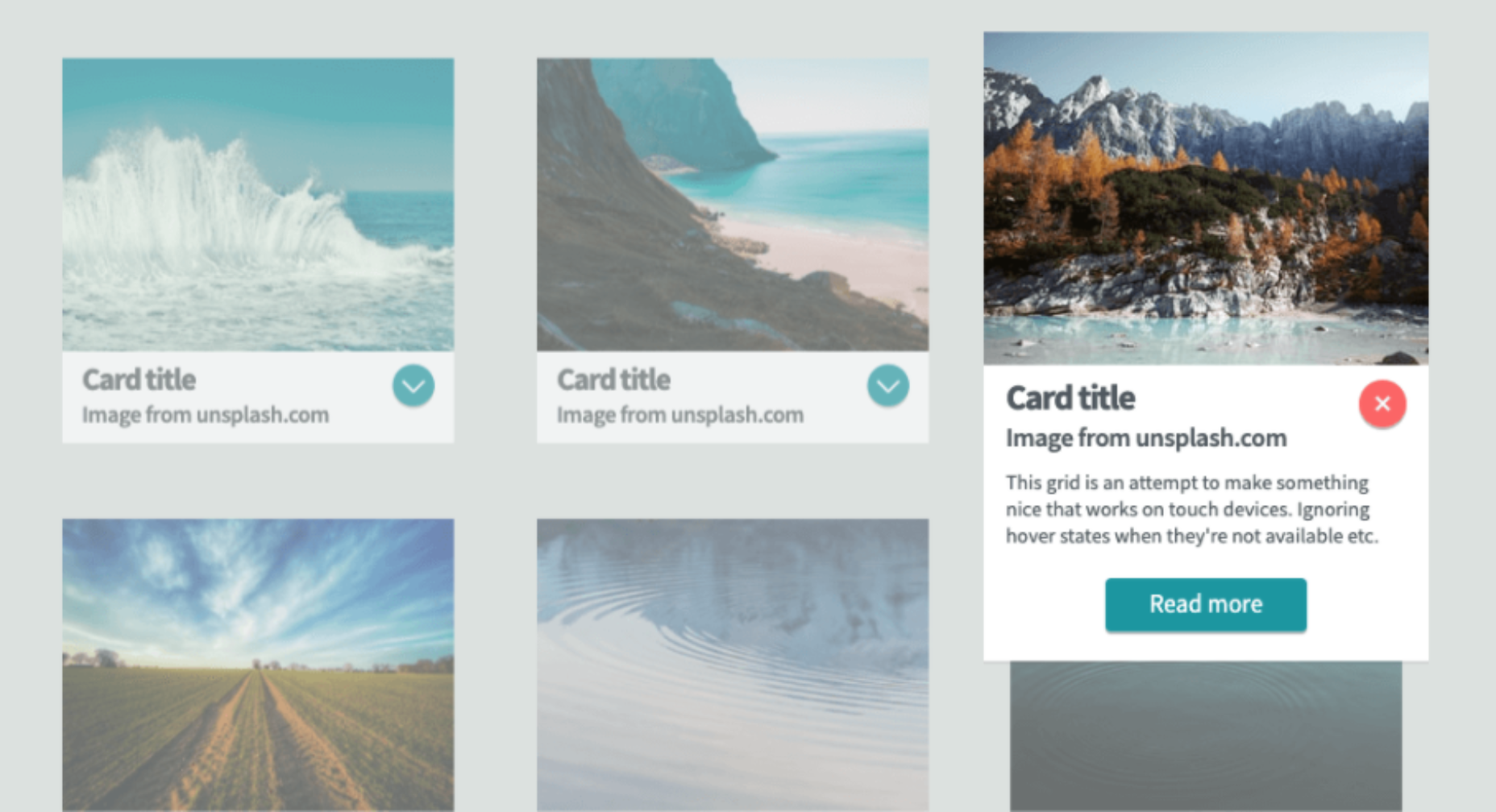
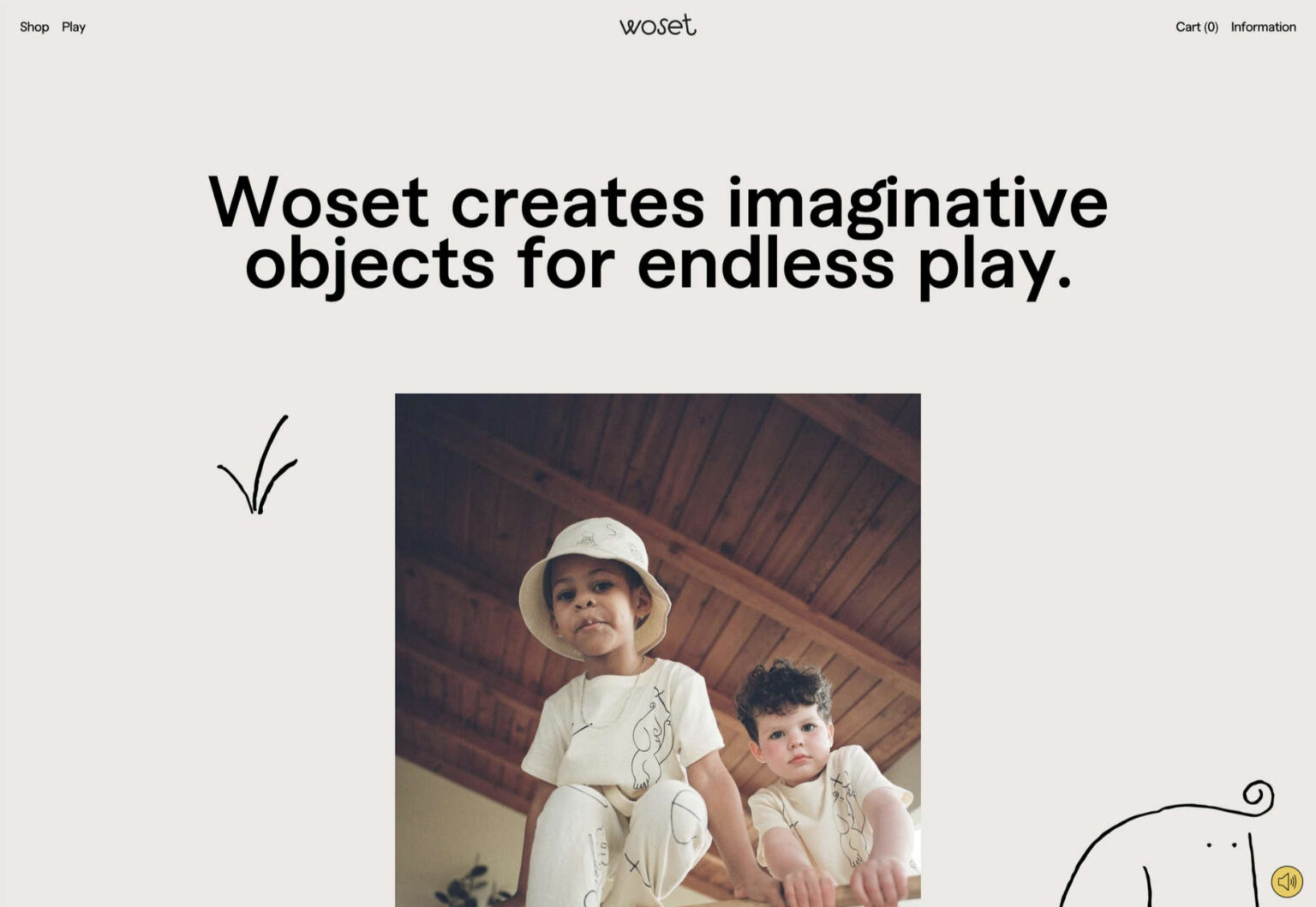

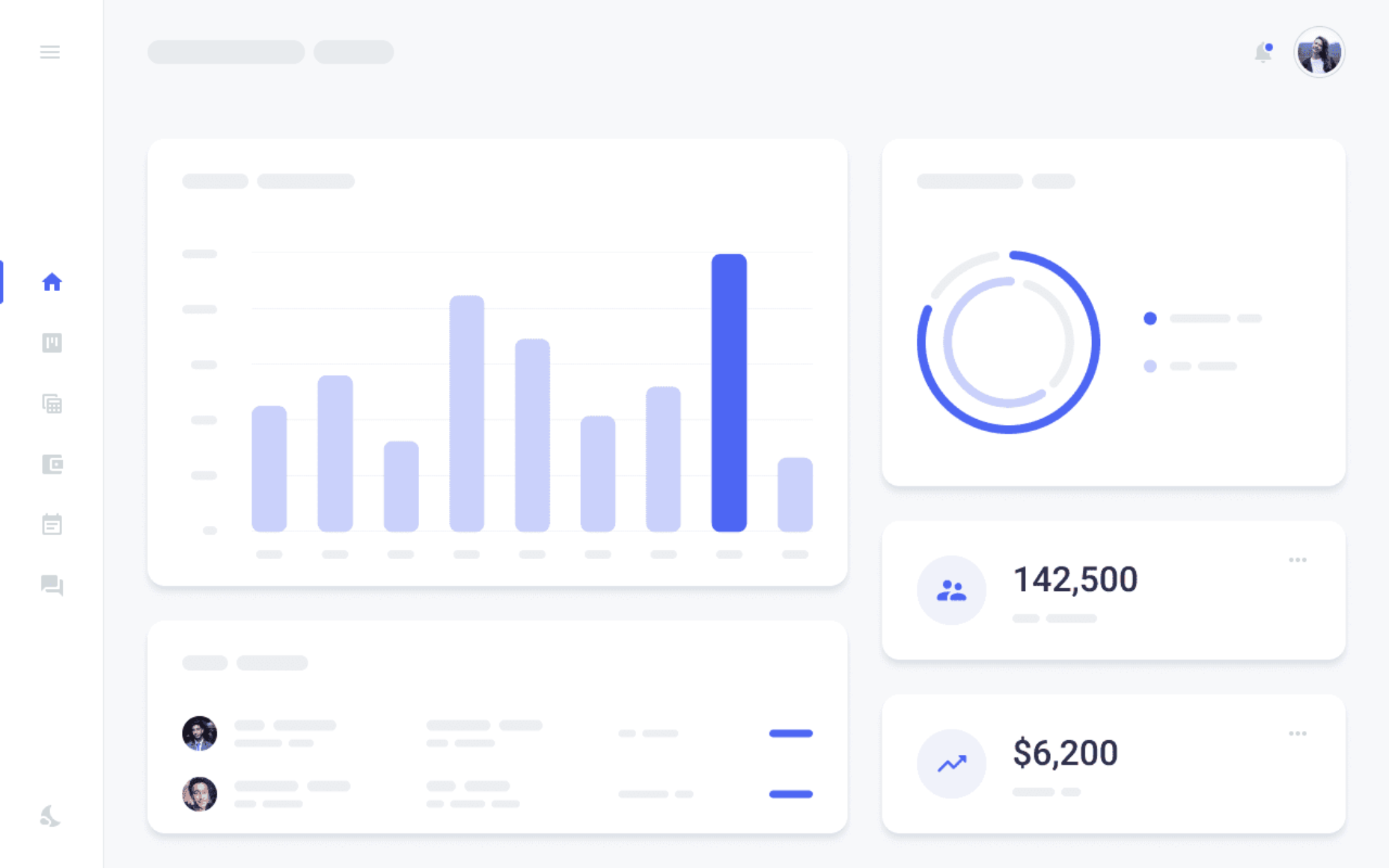
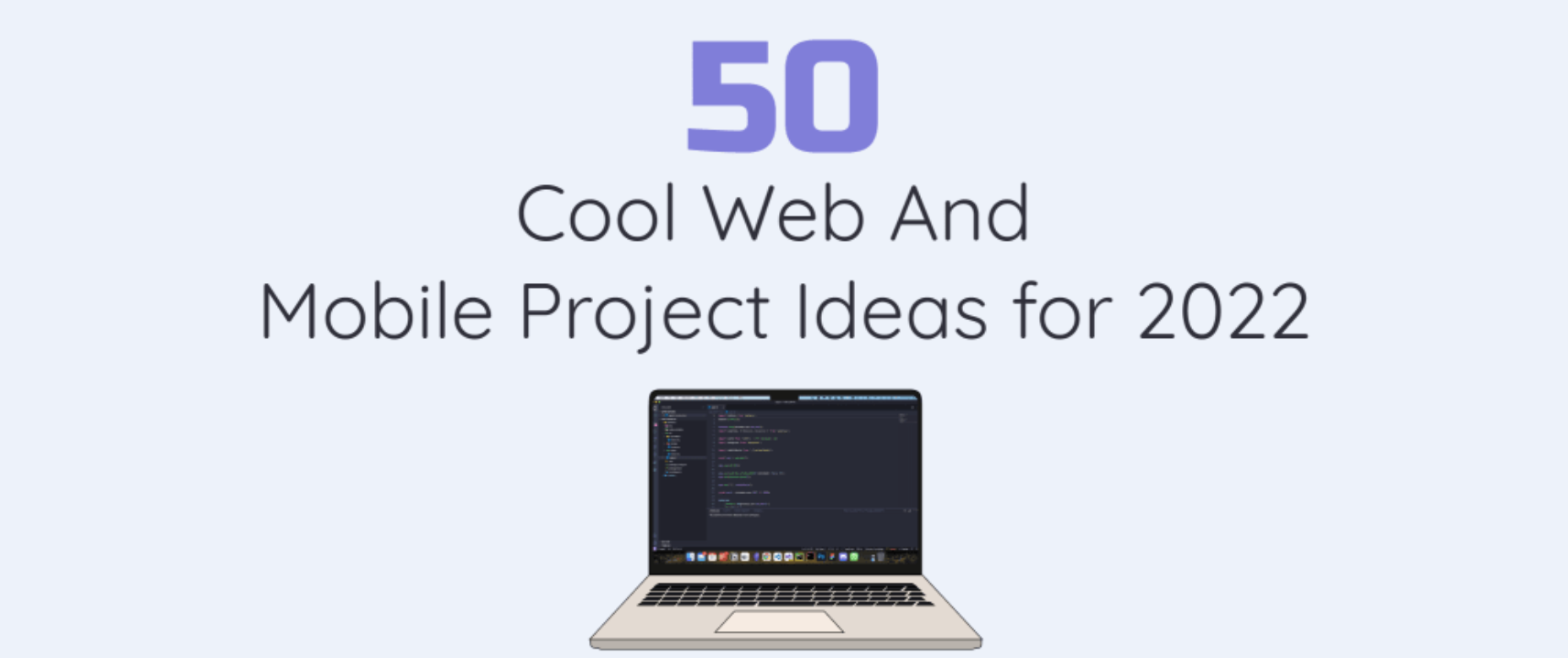

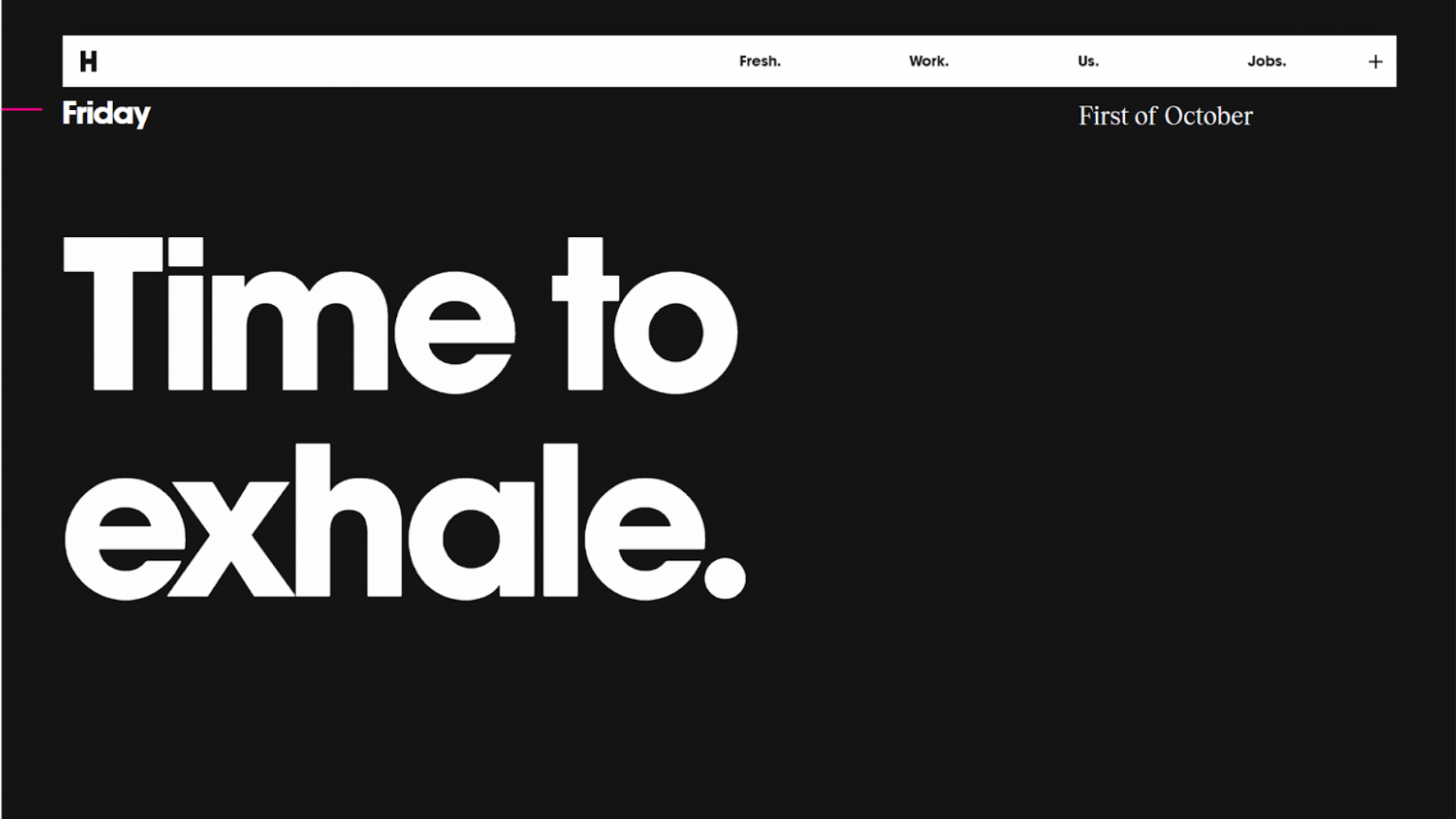
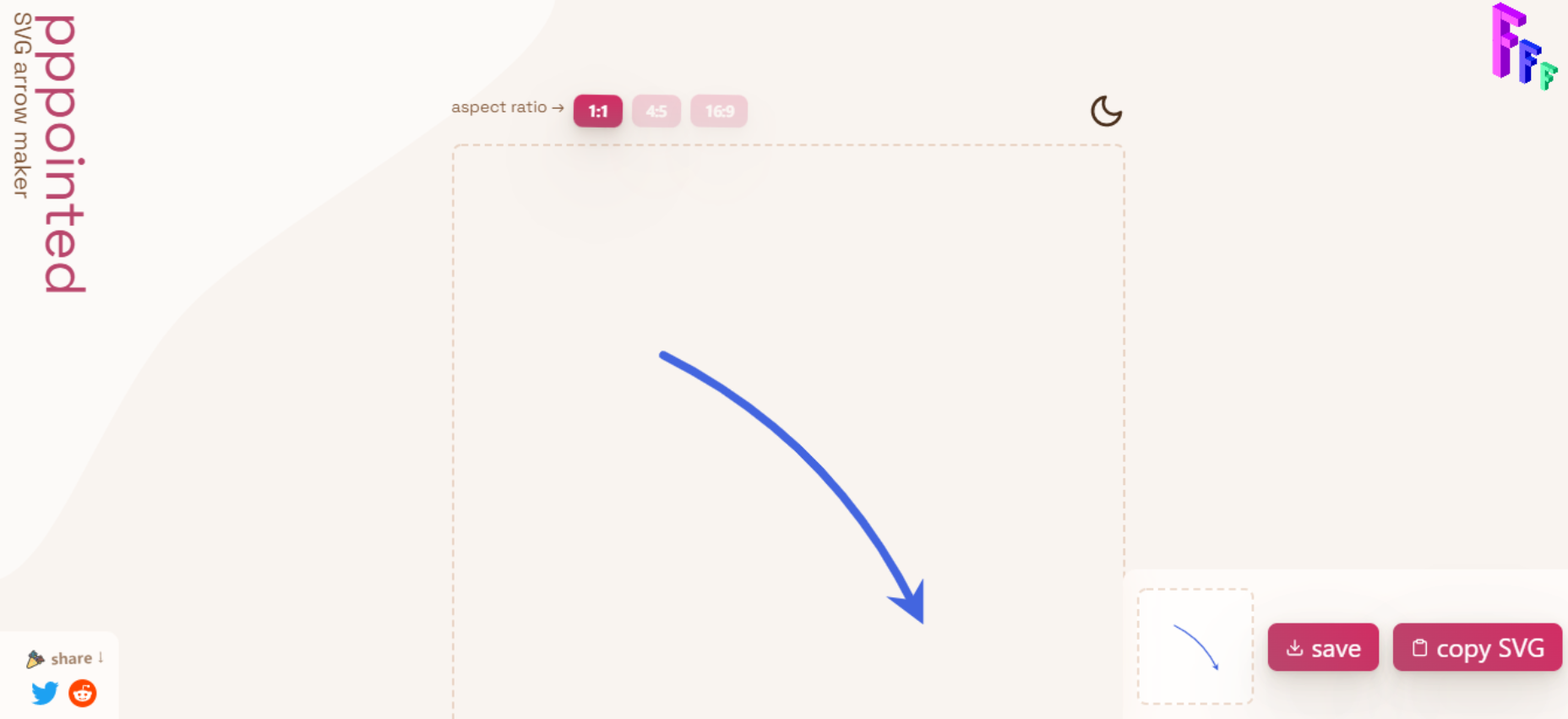
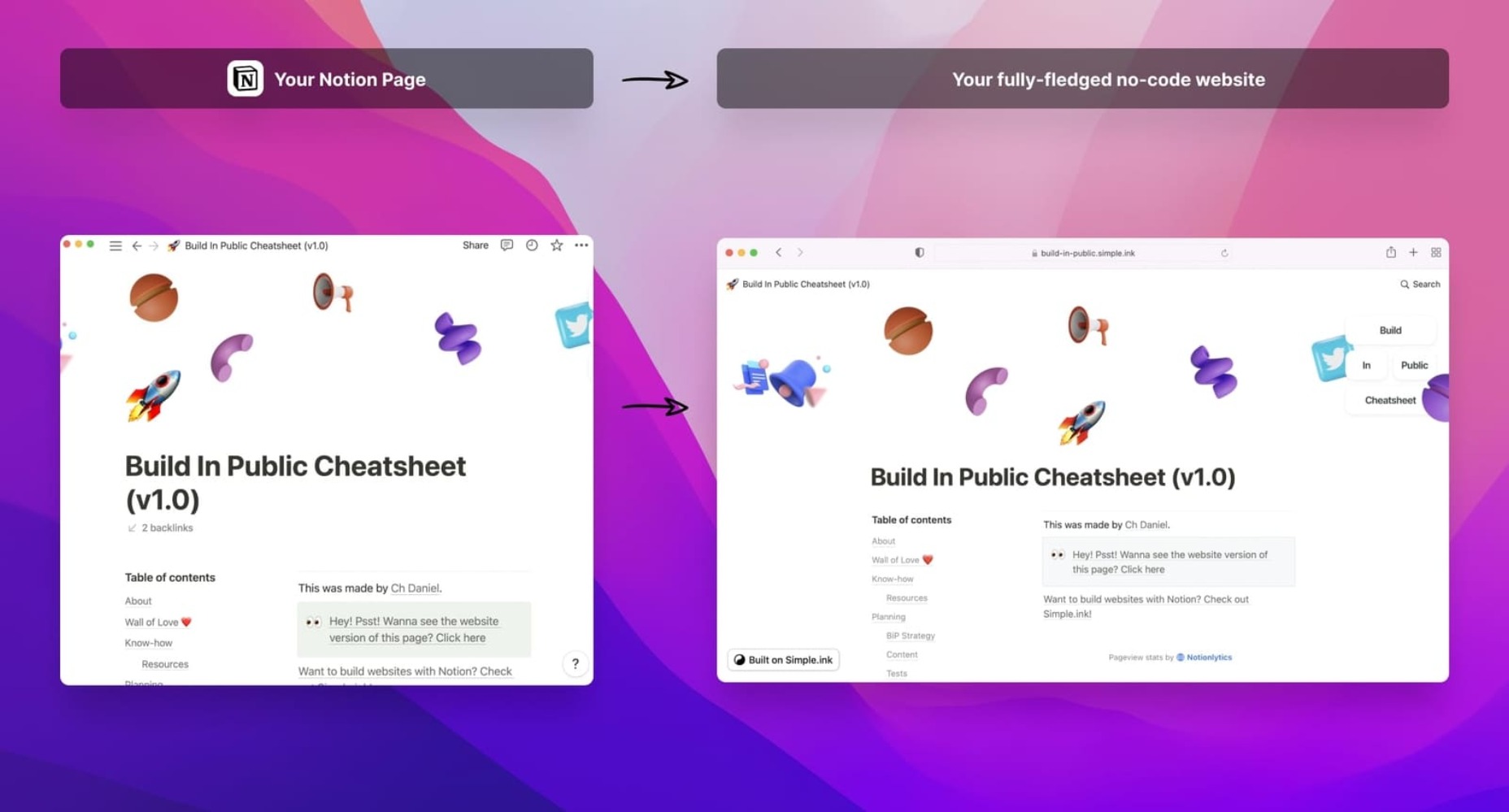


 There are a lot of factors that contribute to a
There are a lot of factors that contribute to a 






 As a web designer, you’re responsible for a lot of things. Your client is relying on you to ensure that their website is user-friendly, accessible, eye-catching, and even good enough on the back-end to capture the attention of the search engines.
As a web designer, you’re responsible for a lot of things. Your client is relying on you to ensure that their website is user-friendly, accessible, eye-catching, and even good enough on the back-end to capture the attention of the search engines. 
 Not so long ago, customers only had a couple of ways to interact with brands.
Not so long ago, customers only had a couple of ways to interact with brands. 





